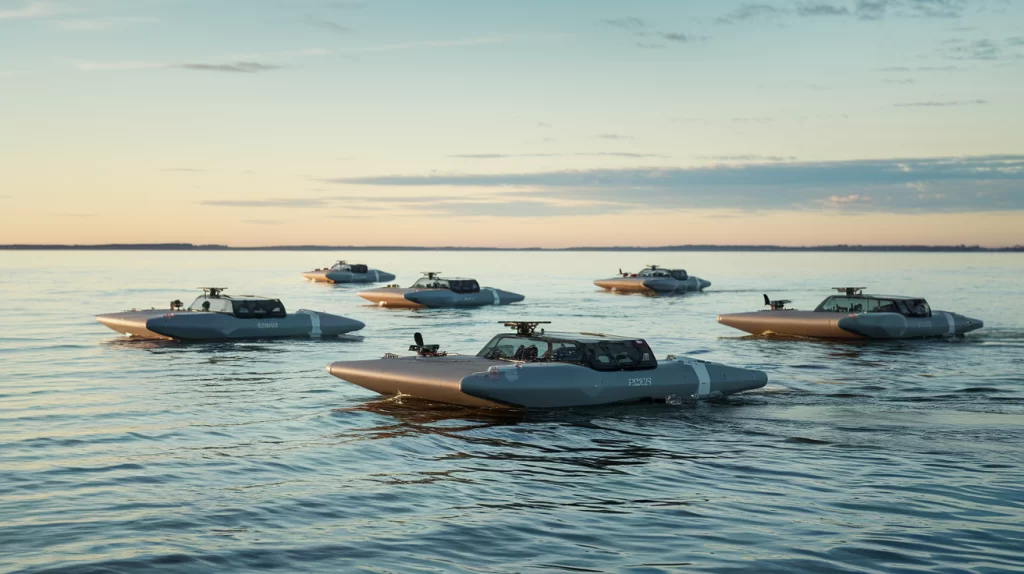The global market for Unmanned Surface Vehicles (USVs) is witnessing accelerated growth, projected to rise from USD 0.8 billion in 2023 to USD 1.2 billion by 2028, with a CAGR of 10.3%. This rapid expansion reflects technological advancements, increasing maritime security needs, and growing applications across commercial and defense sectors.

Download PDF Brochure @
https://www.marketsandmarkets.com/pdfdownloadNew.asp?id=220162588
Market Drivers
- Rising Demand for Maritime Surveillance:
Governments and organizations are turning to USVs for border patrol, anti-piracy, and monitoring activities due to their cost-effectiveness and operational efficiency. - Environmental Monitoring:
USVs play a critical role in gathering data for climate studies, ocean health monitoring, and disaster response, positioning them as essential tools in global environmental efforts. - Offshore Energy Exploration:
The offshore oil and gas sector is increasingly utilizing USVs for tasks such as subsea infrastructure inspection and asset monitoring, driving investment in this technology.
Segment Growth Insights
- By Type: Autonomous Surface Vehicles (ASVs):
ASVs lead the market growth due to their advanced capabilities, such as high-level autonomy and precise mission execution. Key applications include underwater exploration and automated surveying. - By System: Payload Systems:
The demand for payload systems, such as advanced sensors and communication modules, is surging. These systems enable USVs to perform specific tasks like seabed mapping and environmental sampling with enhanced accuracy. - By Size: Small USVs:
Compact USVs (<3 meters) are becoming increasingly popular for their maneuverability and cost efficiency. Their applications span coastal monitoring, port security, and resource exploration.
Regional Outlook
- Asia-Pacific:
The region is poised for the fastest growth, driven by substantial maritime trade, regional security concerns, and significant investments in autonomous technologies. Countries like China, South Korea, and Australia are at the forefront of USV adoption. - North America and Europe:
These regions dominate the market due to established maritime industries and strong defense budgets. The focus remains on integrating USVs with AI for enhanced operational efficiency.
Challenges
- Navigation in Complex Environments:
Ensuring collision-free operation and reliable performance in congested or harsh maritime conditions remains a technical challenge. - Limited Endurance and Range:
Prolonged operations in remote locations are constrained by current battery and propulsion technologies, necessitating further innovation.
Future Opportunities
- Agricultural Applications:
Emerging use cases include deploying USVs in paddy fields for water management and crop monitoring, presenting a novel avenue for market growth. - AI-Driven Advancements:
Integration of artificial intelligence and machine learning into USV systems will enhance their adaptability and efficiency, particularly for dynamic mission requirements.
Ask for Sample Report @
https://www.marketsandmarkets.com/requestsampleNew.asp?id=220162588
Key Market Players
Prominent companies leading the USV market include:
- Hanwha Group (South Korea)
- LIG Nex1 (South Korea)
- Ocius Technologies (Australia)
These firms focus on innovation and global expansion to meet the growing demand for unmanned maritime solutions.